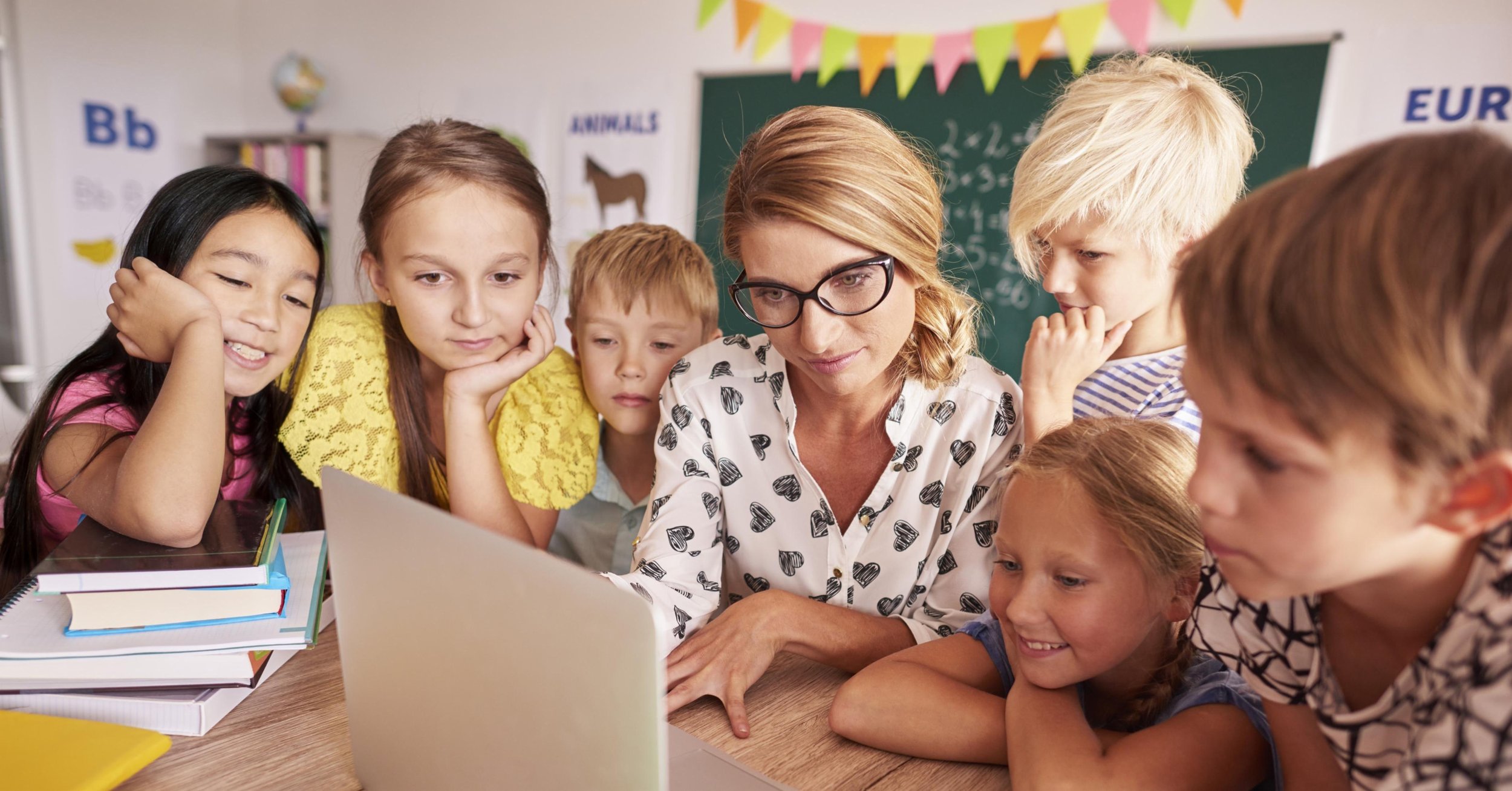What IT leaders need to consider before implementing Google Gemini or Microsoft Copilot in K–12 environments
AI is coming to the classroom, fast. Google Gemini is now part of Google Workspace for Education. Microsoft Copilot is already embedded in 365. That means your teachers and students may be using AI tools, even if your district hasn’t officially adopted them.
For IT leaders, that’s both a challenge and an opportunity. The right move now can set your district up for success, or expose it to risk, confusion, and costly rework later.
At Arey Jones, we work with K–12 districts of every size, and here’s what we’re telling our partners right now: slow down, plan smart, and ask these five questions before you deploy.
1. Is Your District’s Infrastructure Ready?
AI tools are compute-intensive. While Gemini and Copilot are cloud-based, real-time performance still depends on bandwidth, device age, and endpoint security.
Checklist:
Are your student and staff devices compatible with the current Workspace or 365 features?
Have you reviewed your network capacity for sustained AI usage (especially in classrooms)?
Do your firewalls and filters play well with Gemini or Copilot endpoints?
Tip: Many legacy Chromebooks or unmanaged Windows machines won’t fully support these tools without slowdowns or security gaps.
2. What’s the Educational Use Case?
Not every classroom needs AI right now, and not every teacher wants it. Start by identifying where and why AI would support instruction.
Questions to ask:
Are you piloting with tech-forward teachers first or doing a district-wide rollout?
Will AI be used for lesson planning, student writing support, or accessibility tools?
What training and PD are required to support ethical, effective usage?
Framework: Gemini is conversational and multimodal, Copilot is deeply embedded in documents and spreadsheets. Match the tool to the task.
3. How Will You Manage Privacy and FERPA Compliance?
This is non-negotiable. AI platforms process huge volumes of user data. Even "Education" versions come with different policies than standard licenses.
Key steps:
Review the data-sharing terms of Gemini and Copilot for Education editions
Check whether students can opt-in - or are defaulted in - based on license tier
Confirm where data is stored, how long it's retained, and whether it's used to train models
Reminder: Consumer AI tools like ChatGPT are not FERPA-compliant. Don’t assume all AI is safe for K–12.
4. Who Handles Support When Things Go Wrong?
AI tools are dynamic: features change fast, bugs happen, and users get confused. A successful deployment includes a support model that doesn’t flood your help desk.
Plan for:
In-app troubleshooting guides for teachers
Training for your IT staff on Gemini or Copilot management consoles
A feedback loop to track usage and adjust permissions
5. What’s the Long-Term Strategy?
This isn’t about getting Gemini or Copilot "turned on." It’s about making AI a sustainable part of your tech ecosystem.
Strategic moves:
Develop a district AI policy that addresses ethics, bias, and academic integrity
Build in opt-outs or tiers of access based on grade level or user role
Budget for future training and tool evolution—this space will not stand still
Pro tip: Bake AI strategy into your 3- to 5-year tech plan now, before decisions get made for you.
Final Thought:
You don’t need to be first, you need to be right.
Gemini and Copilot have potential, but only when deployed with clarity, caution, and alignment.












